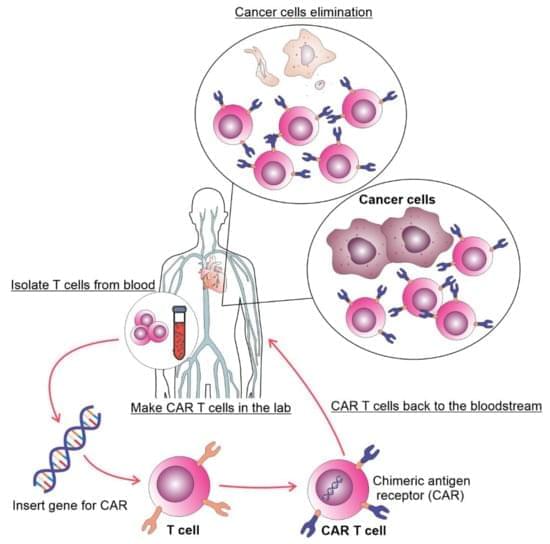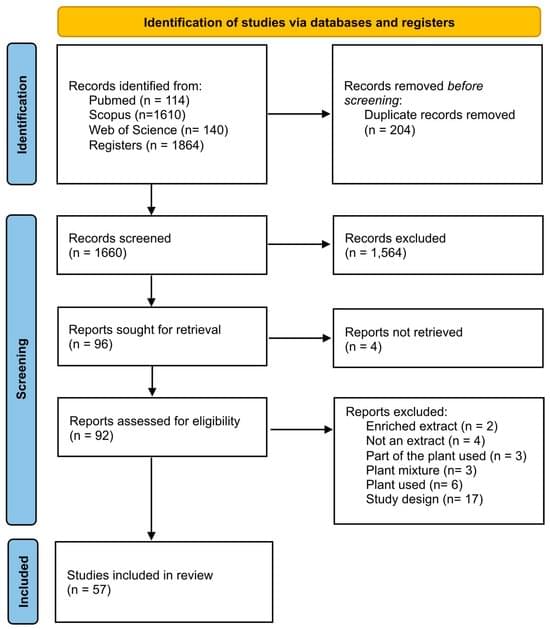Chimeric antigen receptor T (CAR T) cell therapy achieved remarkable success in B-cell leukemia and lymphoma which led to its incorporation in treatment protocols for these diseases. CAR T cell therapy for chronic lymphocytic leukemia (CLL) patients showed less success compared to other malignant tumors. In this review, we discuss the published results regarding CAR T cell therapy of CLL, possible mechanisms of failures and expected developments.








